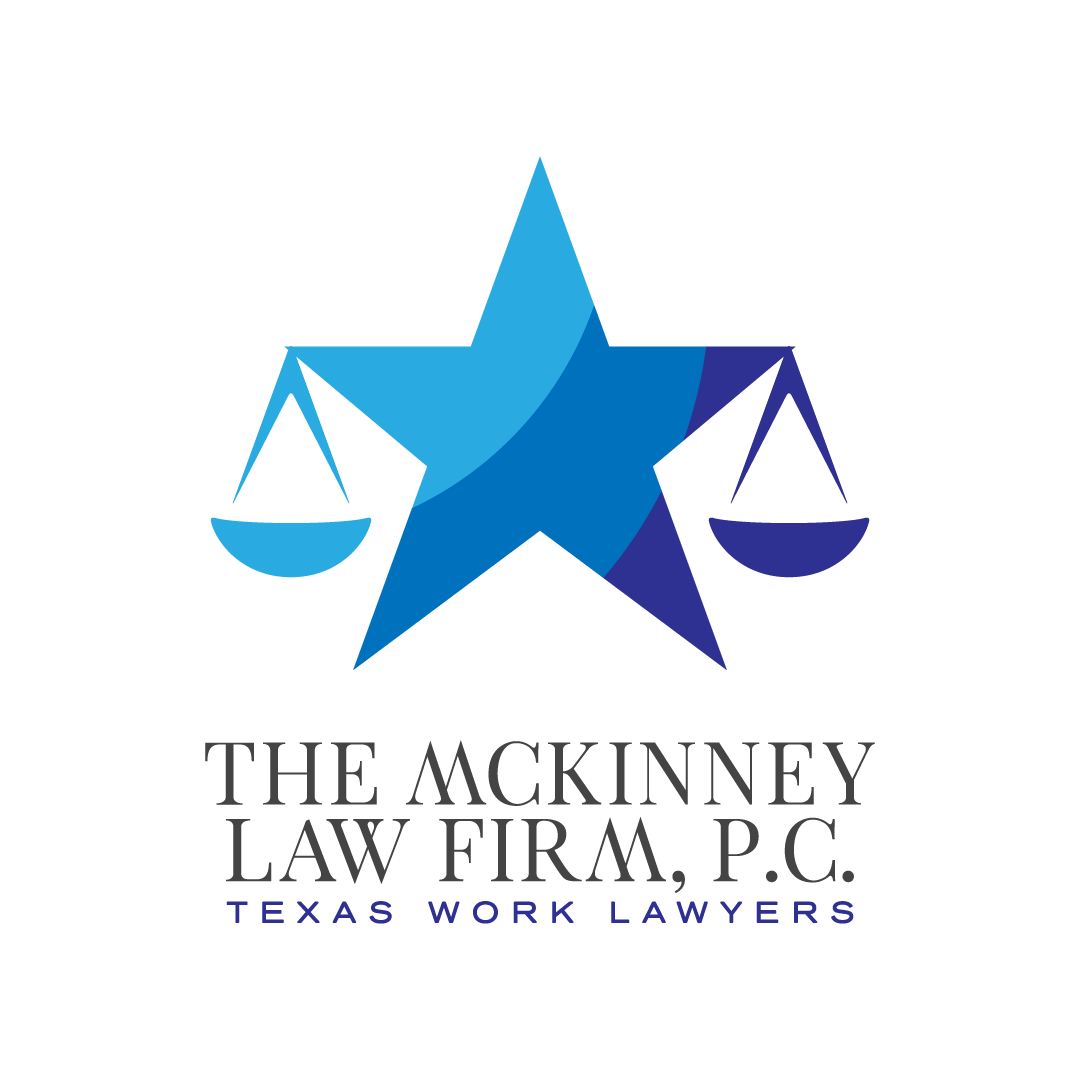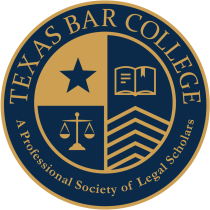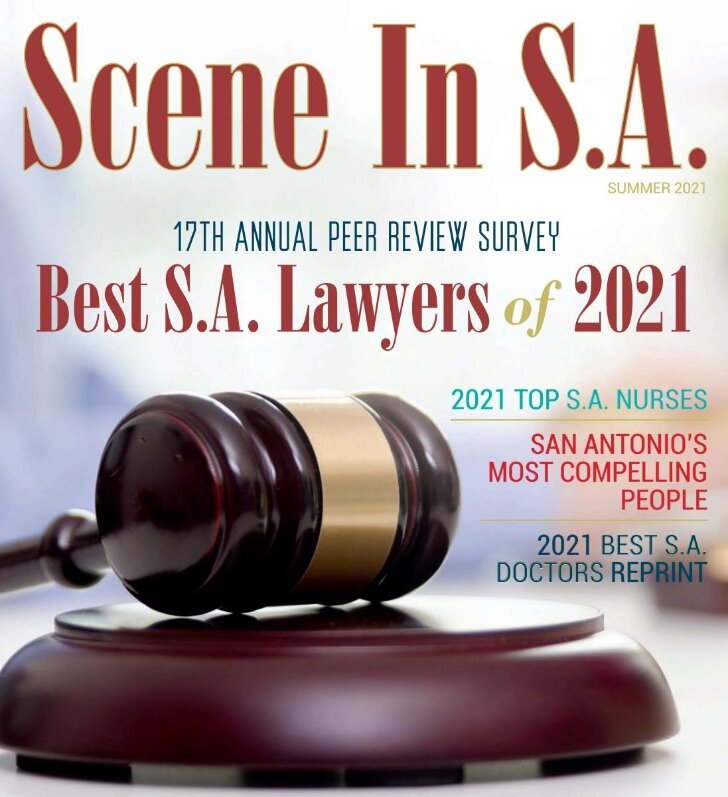These exemptions were originally designed to exclude high-level executives, administrators, and professionals from overtime requirements. To be considered exempt from overtime pay, an employee must pass three tests. First, they must be paid a salary rather than an hourly wage. Second, their salary must meet a minimum threshold (currently $35,568 per year). Third, their actual job duties must primarily involve executive, administrative, or professional work.
For example, a retail store manager who earns $40,000 annually and spends most of their time supervising employees and managing operations might be exempt from overtime. However, if that same manager spends most of their time stocking shelves or running a cash register, they might not qualify for the exemption despite their title.
The Biden Administration's Attempted Changes
The Department of Labor under President Biden sought to dramatically expand overtime protection by raising the salary threshold in two stages. The first increase, which took effect in July 2024, raised the minimum to $43,888. The second stage would have pushed it to $58,656 in January 2025. The rule also included a provision for automatic increases every three years to keep pace with wage growth.
The administration estimated these changes would have extended overtime protection to roughly 4 million additional salaried workers. For these workers, the change would have meant either additional pay for extra hours worked or a limit on their work weeks to 40 hours.
The Legal Challenge
The lawsuit that stopped the overtime rule was filed by the State of Texas along with a coalition of business groups, including the National Retail Federation. This wasn't a random choice of venue or plaintiffs. Texas and business organizations strategically chose to file in the Eastern District of Texas, a court that had previously struck down a similar Obama-era overtime rule in 2016.
The choice of this particular court reflects a well-established legal strategy. The Eastern District of Texas has historically been receptive to challenges against federal regulations, particularly those involving labor and employment issues. Additionally, cases filed in this district can reach the Fifth Circuit Court of Appeals, which has often been skeptical of expansive federal regulatory authority.
The plaintiffs argued that the new rule would create substantial burdens for businesses, potentially forcing them to cut jobs and reduce work schedules. The National Retail Federation, representing one of America's largest employment sectors, claimed the rule would severely limit retailers' ability to offer flexible benefit packages to lower-level exempt employees. They also argued that the increased payroll costs would harm businesses still recovering from the economic impacts of the pandemic.
Texas's involvement as a lead plaintiff was particularly significant. As a state employer, Texas argued it would face millions in additional payroll costs, giving it standing to challenge the rule. This state-level involvement helped transform what might have been seen as primarily a business issue into a question of federal government overreach, a framing that resonated with the court's previous decisions on federal regulatory authority.
The timing of the lawsuit was also strategic. The plaintiffs initially secured a preliminary injunction that blocked the rule from taking effect in Texas just before its July 1 implementation date. This early victory set the stage for the broader challenge that resulted in Judge Jordan's nationwide ruling.
The Court's Decision
Judge Jordan's ruling centered on a fundamental question: Did the Labor Department overstep its authority? The court concluded that it did. The judge found that by setting such a high salary threshold, the Department had effectively created a "salary-only" test for overtime exemption, pushing aside the equally important consideration of an employee's actual job duties.
This isn't the first time such an expansion has been blocked. In 2016, the Obama administration attempted a similar increase, which was stopped by the same court. The current threshold of $35,568 was set during the Trump administration in 2019, marking the first increase since 2004.
What This Means for Workers and Employers
For workers, the immediate impact is clear. Millions who would have gained overtime protection will remain exempt if they meet both the current salary threshold and the duties test. This particularly affects middle-management employees in retail, restaurants, and other service industries who often work well beyond 40 hours per week without additional compensation.
Employers who had already begun implementing changes to comply with the July 2024 threshold face a decision. While they can legally revert to the lower threshold, employment law experts advise careful consideration before reducing any employee's salary or changing their overtime eligibility. Some employers may choose to maintain the higher salaries to retain employees and maintain morale.
It's crucial to note that several states, including California, New York, and Washington, have their own, higher salary thresholds for overtime exemption. Employers in these states must continue to comply with these more stringent requirements regardless of the federal court's decision.
Looking Forward
The Department of Labor has not yet announced whether it will appeal the decision. However, this ruling highlights the ongoing tension between efforts to modernize labor standards and concerns about business costs and flexibility. Worker advocacy groups argue that the current threshold is far too low, leaving many modestly paid employees working long hours without extra compensation. Business groups counter that higher thresholds would force them to reduce jobs and limit flexible work arrangements.
For now, employers must continue to navigate the complex requirements of overtime law, ensuring they properly classify employees based on both their salaries and their actual job duties. Workers, meanwhile, should understand their rights under both federal and state law, particularly if they live in states with more protective overtime requirements.
The overtime debate underscores a broader question facing American workplaces: How do we balance fair compensation for workers with the operational needs of businesses? While this court decision provides a clear answer for now, the discussion is far from over.




















